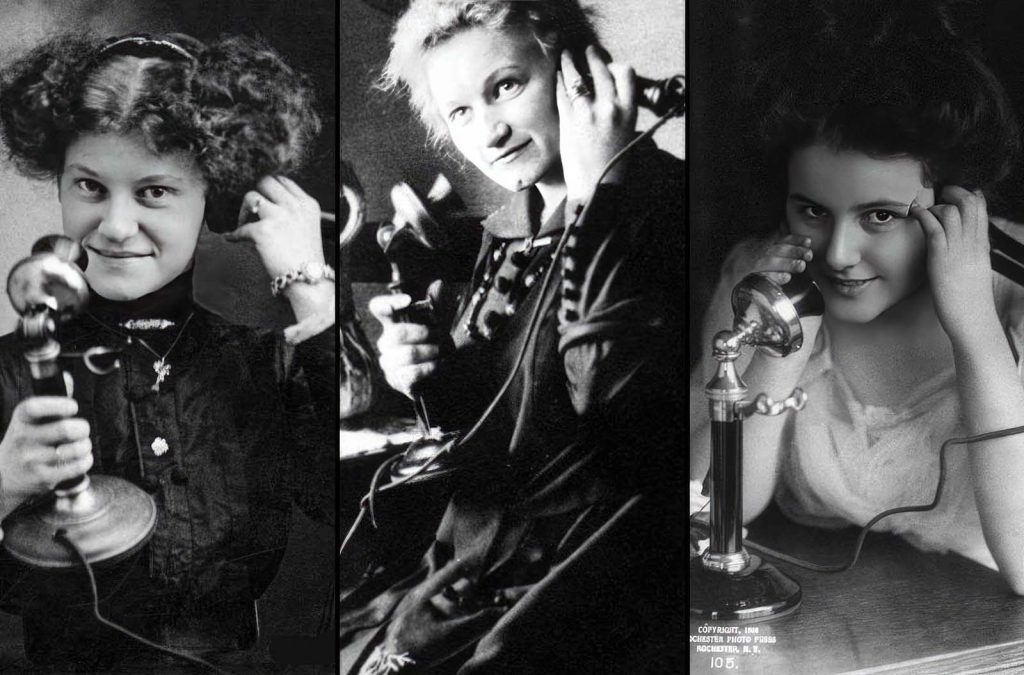
We’ve got these cool old photos that show us how people used to chat on the phone way back in the late 1800s and early 1900s.
These photos show us how the telephone changed things. It wasn’t just about the tech; it was about how we connected. Friends chatting, business deals getting done—all through this new invention.
The story begins with Alexander Graham Bell, often credited as the inventor of the telephone. In 1876, Bell patented his invention, marking a pivotal moment in history.
Early telephones were basic, consisting of a transmitter to speak into and a receiver to listen through.
These devices transmitted sound by converting it into electrical signals, traveling over wires to another telephone, where the process was reversed to recreate the original sound.
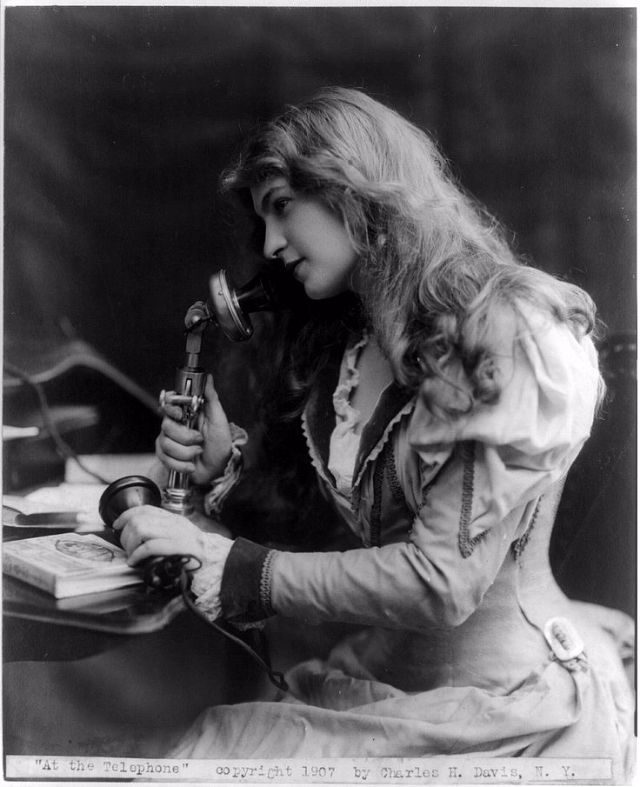
The late 1800s saw the rise of telephone exchanges, central locations where operators manually connected calls by plugging and unplugging wires.
This system allowed users to call different locations by requesting connections through operators.
By the early 20th century, the telephone had become an integral part of society, transforming how people communicated.
The introduction of rotary dial telephones in the 1910s and the subsequent automated switching systems further streamlined the process of making calls.
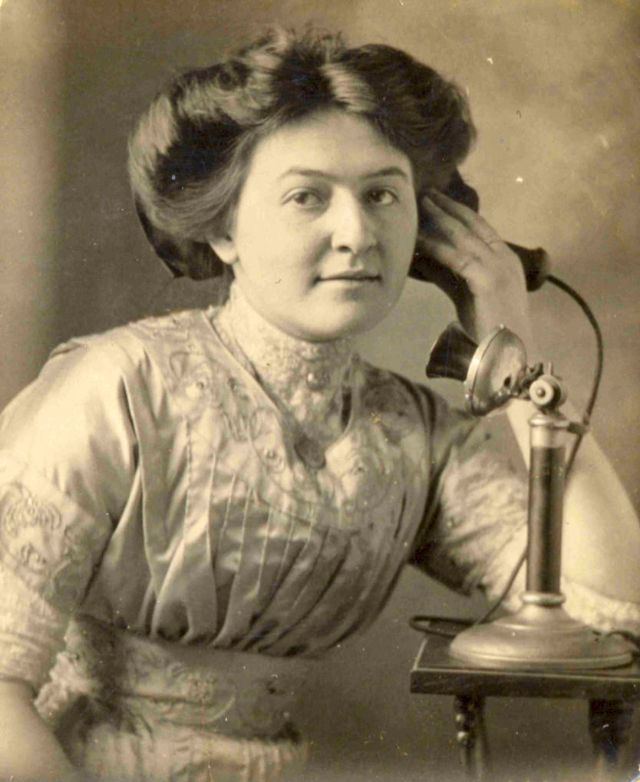
Telephone service in Sweden developed through a variety of institutional forms: the International Bell Telephone Company (a U.S. multinational), town and village co-operatives, the General Telephone Company of Stockholm (a Swedish private company), and the Swedish Telegraph Department (part of the Swedish government).
Since Stockholm consists of islands, telephone service offered relatively large advantages, but had to use submarine cables extensively.
Competition between Bell Telephone and General Telephone, and later between General Telephone and the Swedish Telegraph Dept., was intense.
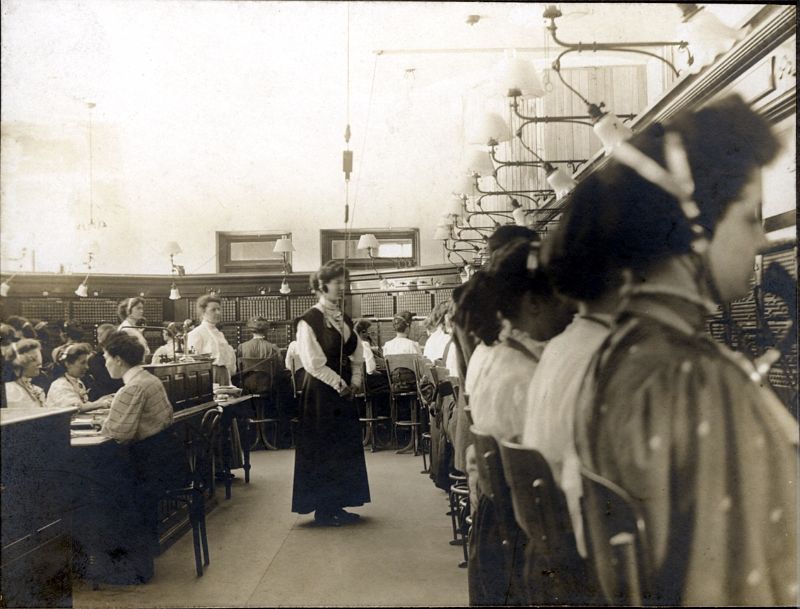
The U.S. became the world leadership in teledensity with the rise of many independent telephone companies after the Bell patents expired in 1893 and 1894.
By 1904, over three million phones in the U.S. were connected by manual switchboard exchanges.
By 1914, the U.S. was the world leader in telephone density and had more than twice the teledensity of Sweden, New Zealand, Switzerland, and Norway.
The relatively good performance of the U.S. occurred despite competing telephone networks not interconnecting.
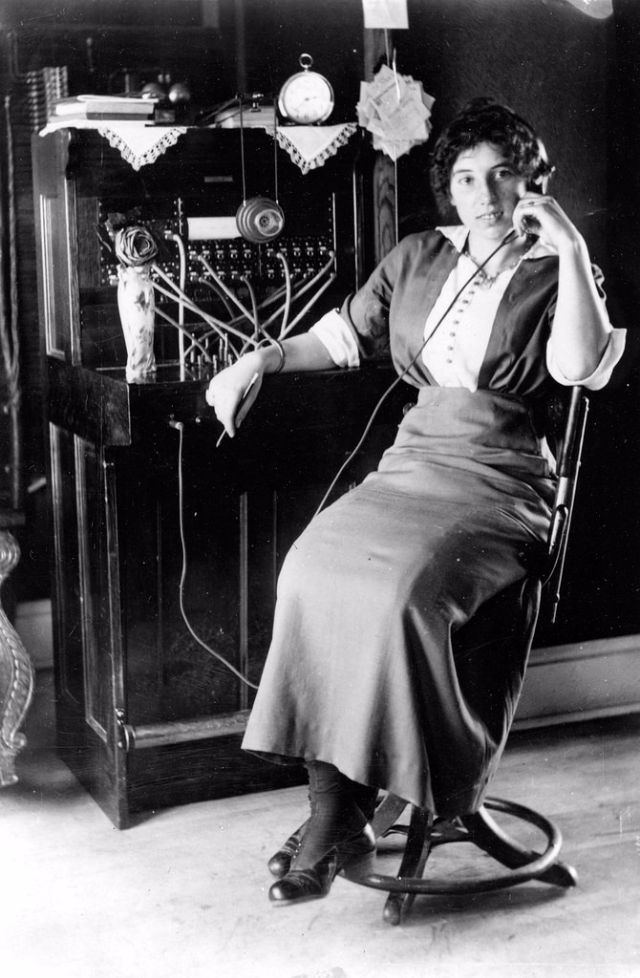
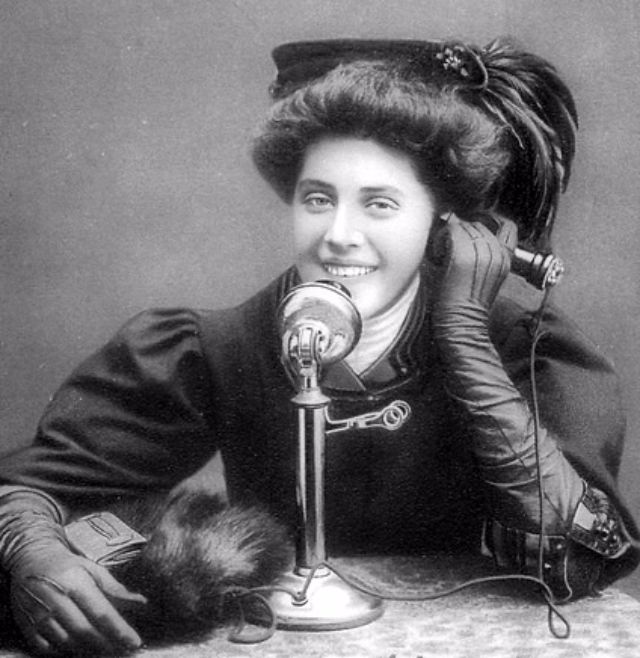
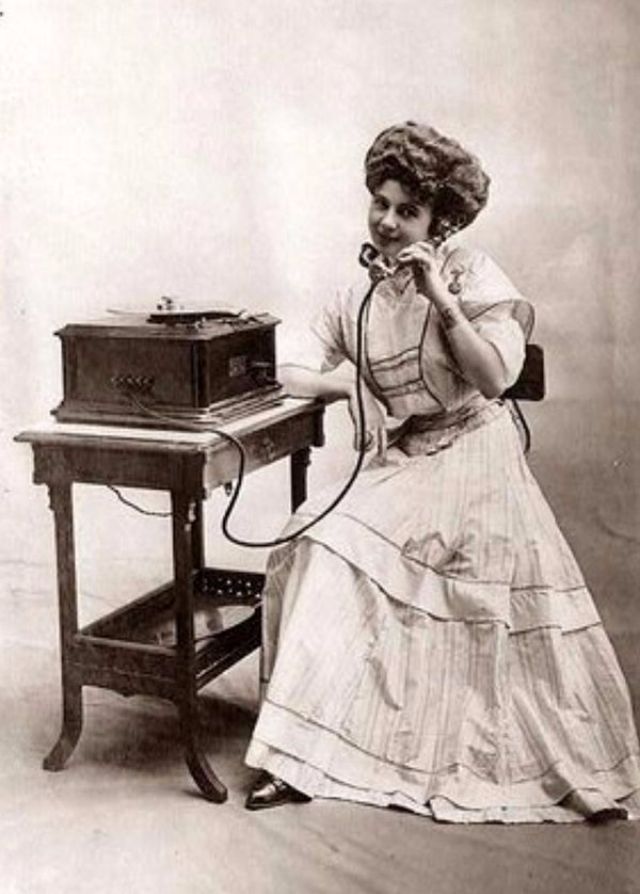

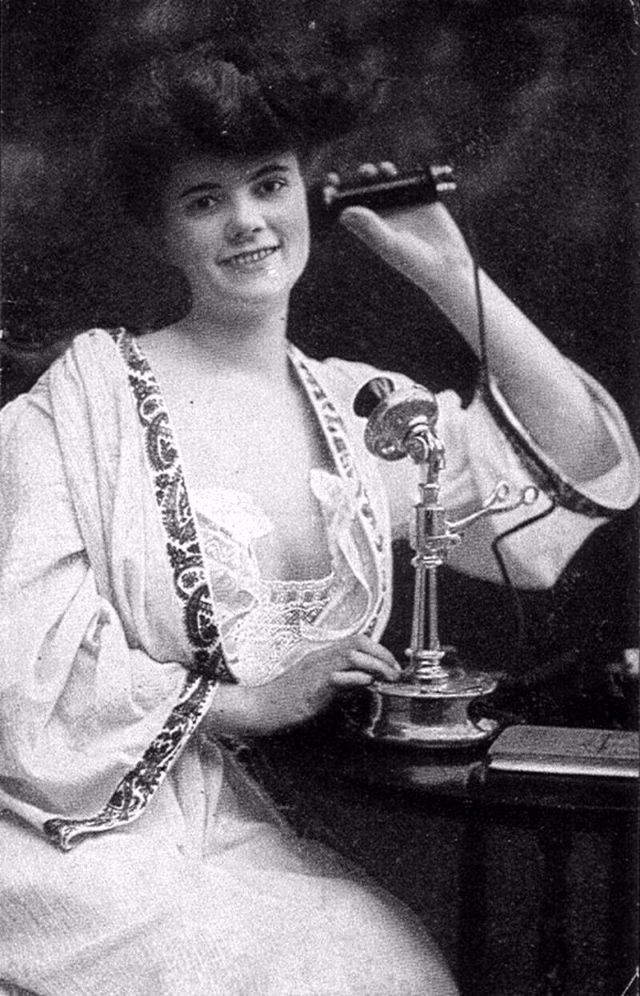

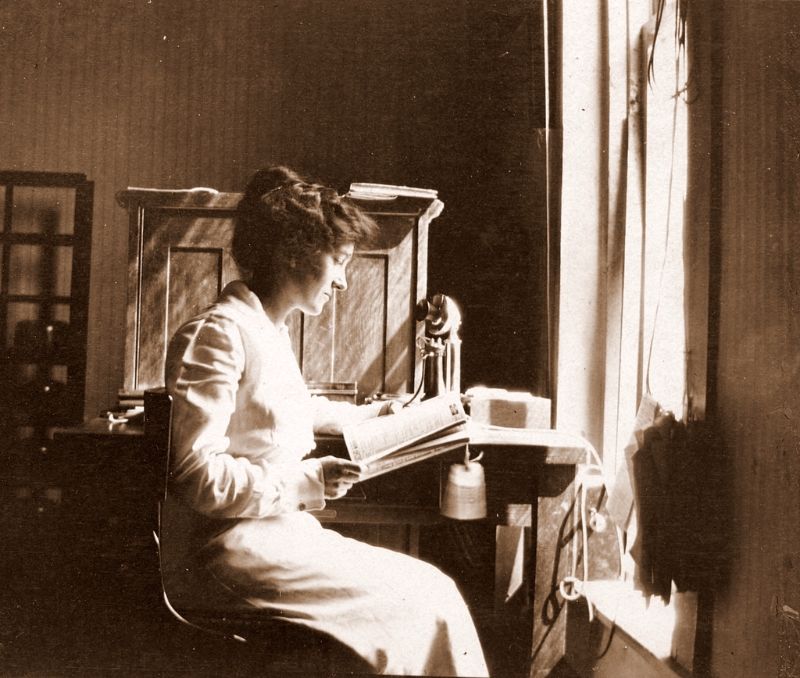


.jpg)
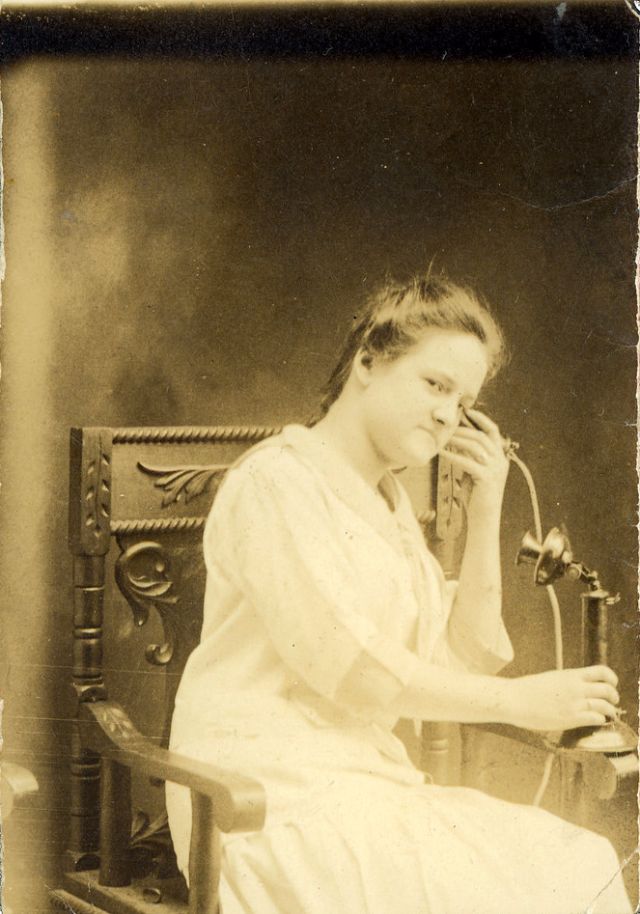
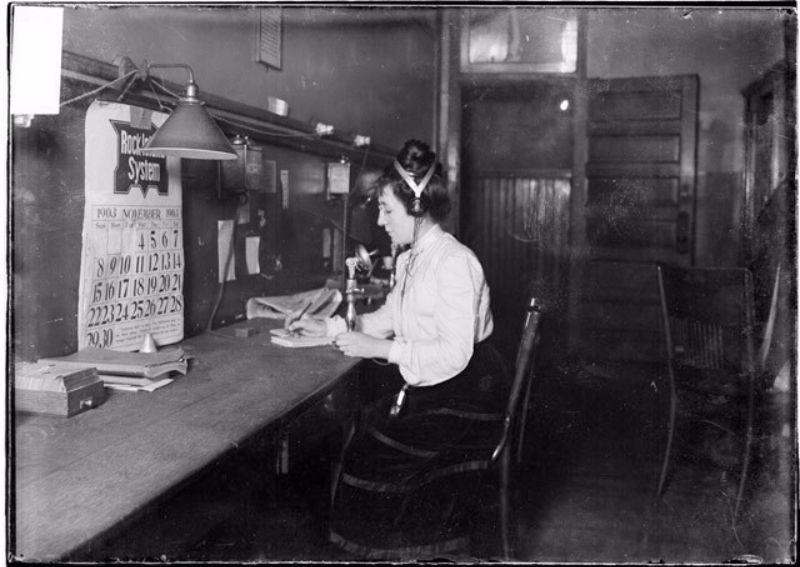
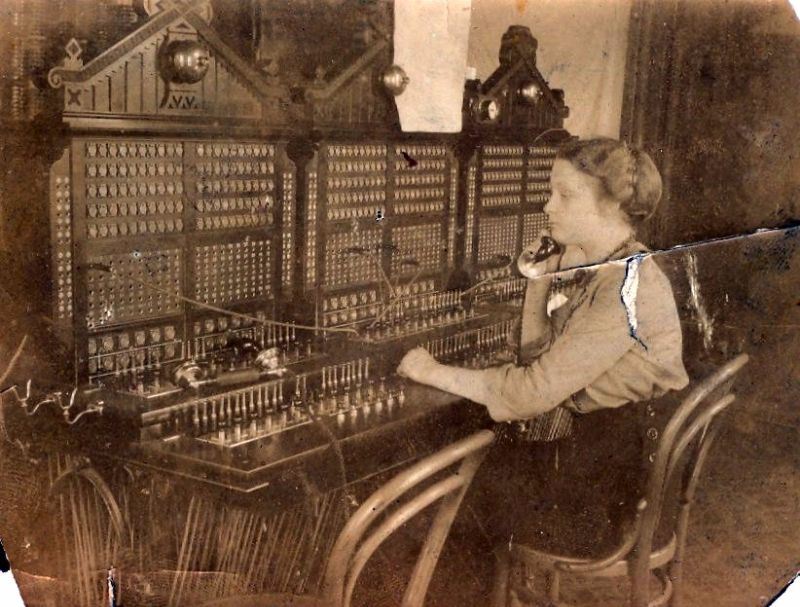
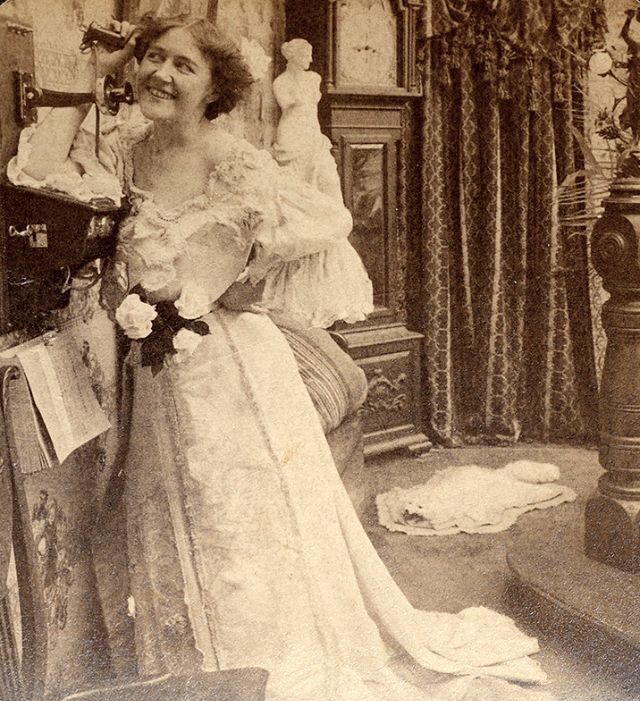
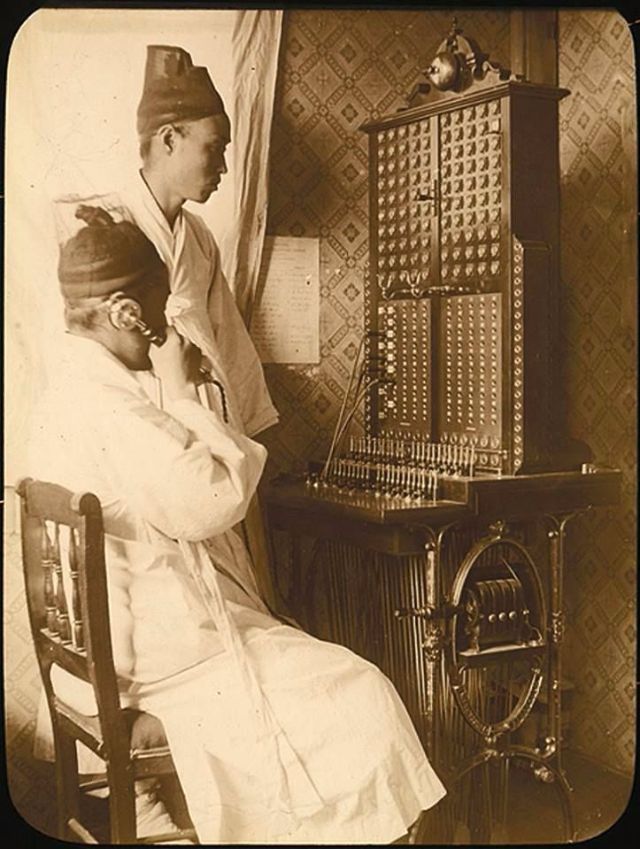
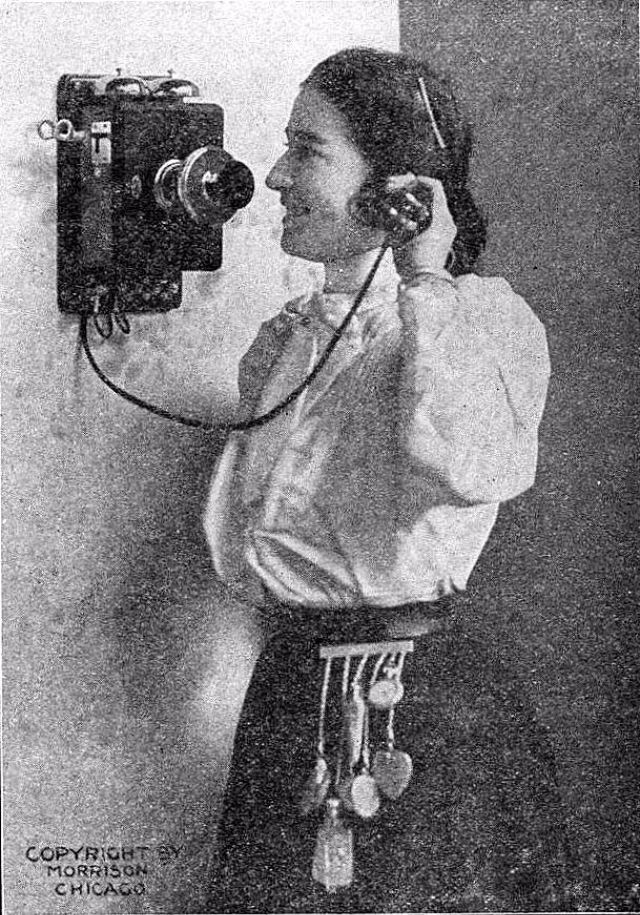
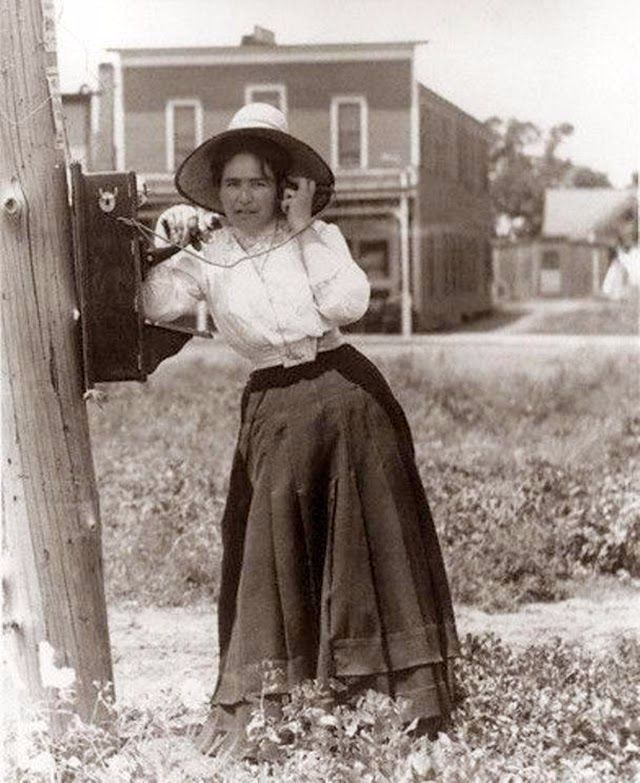
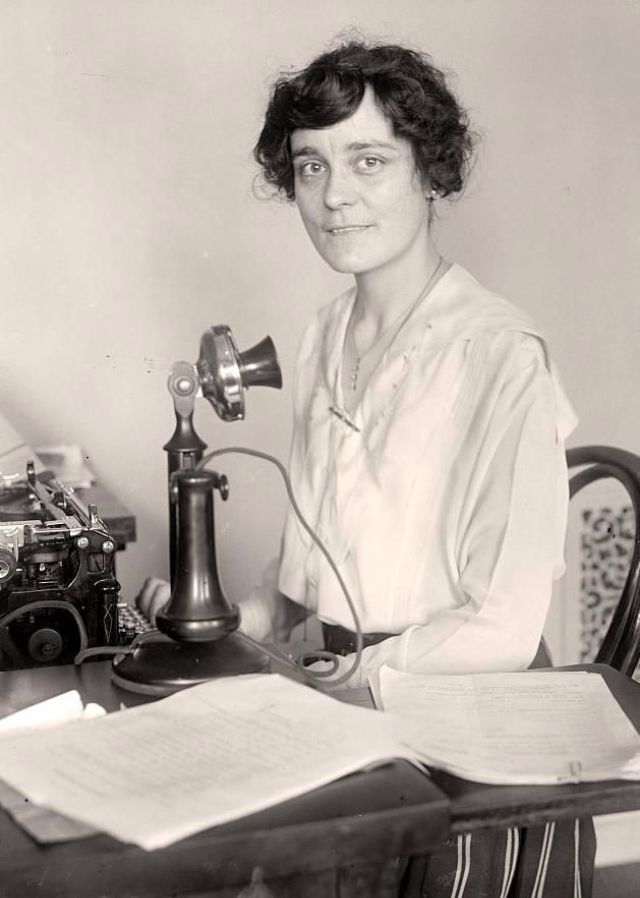
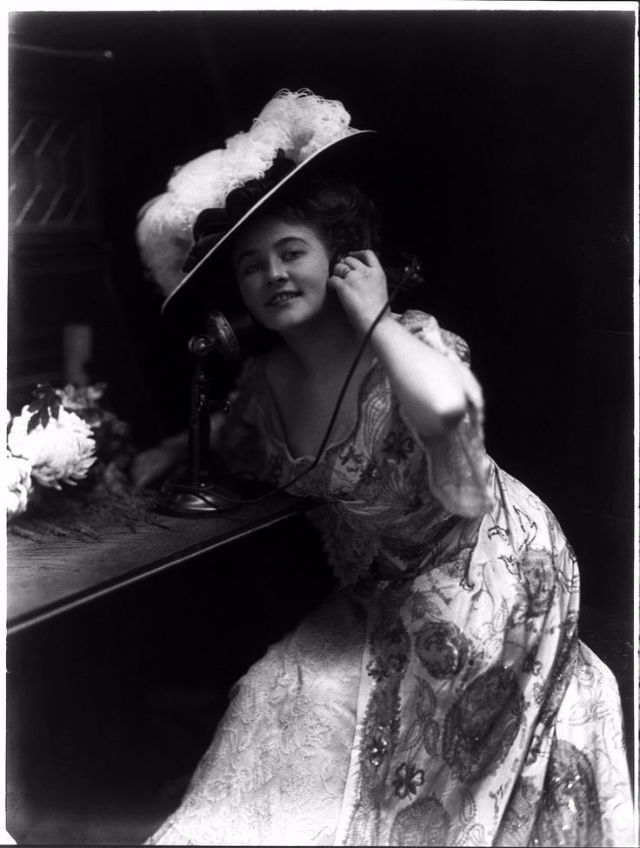
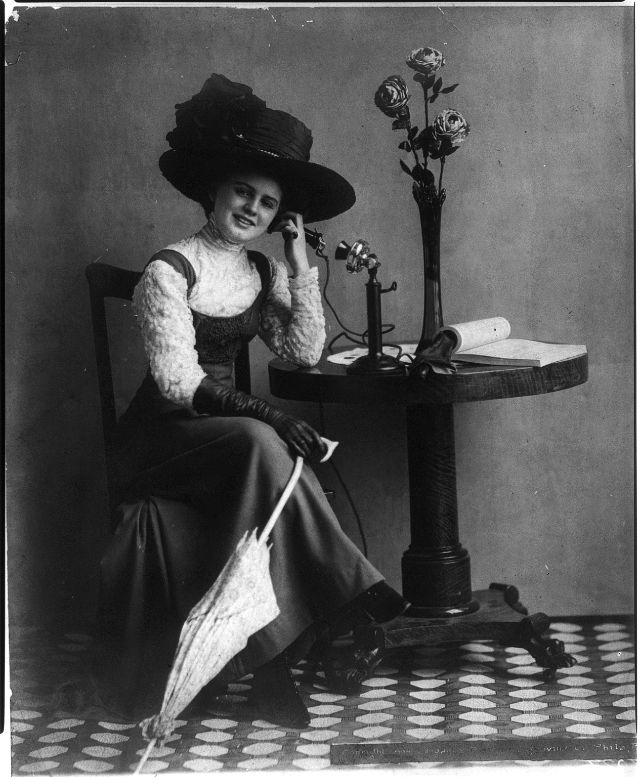
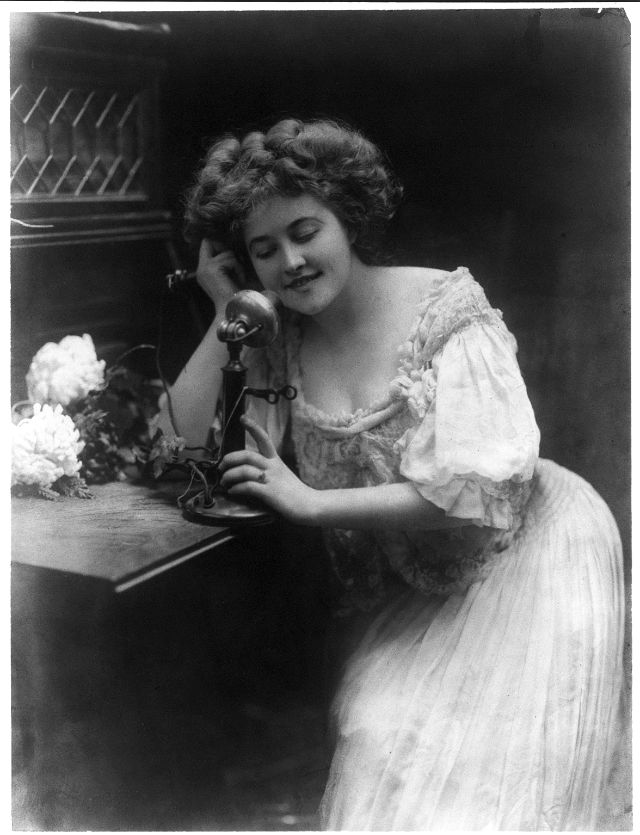
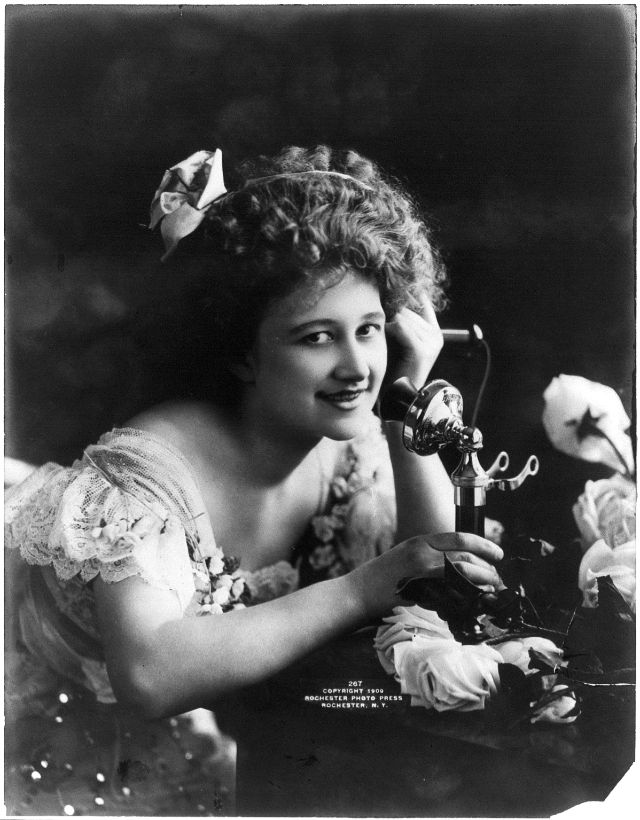
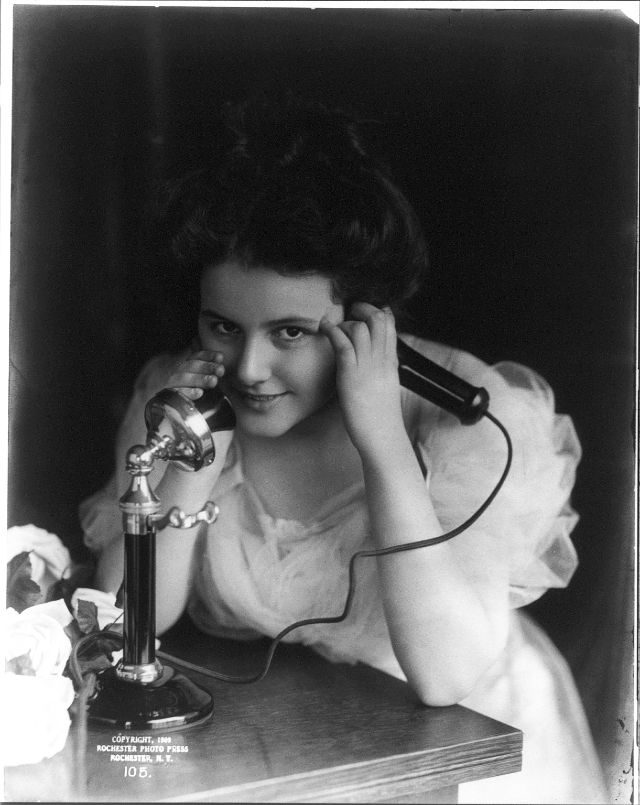

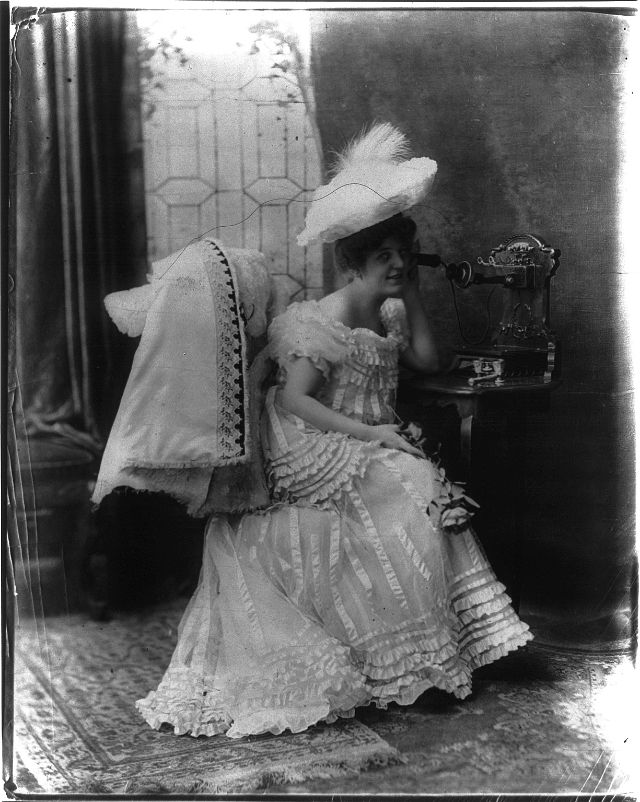
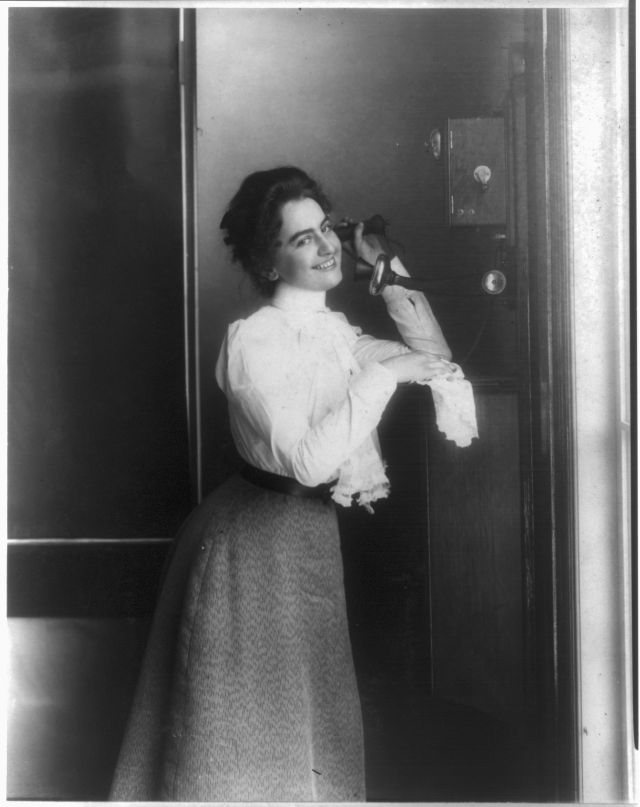
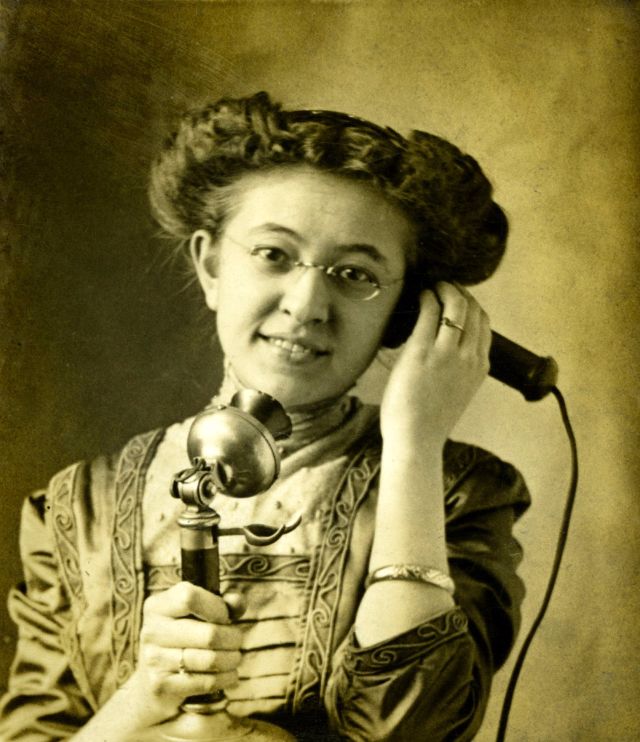
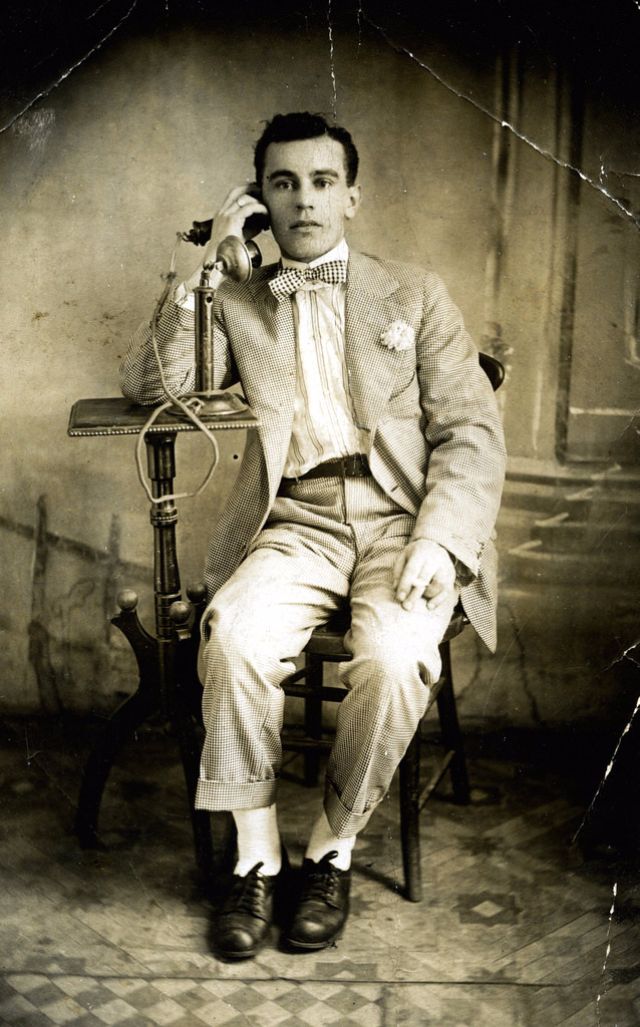
(Photo credit: Pinterest / Flickr / Wikimedia Commons).
